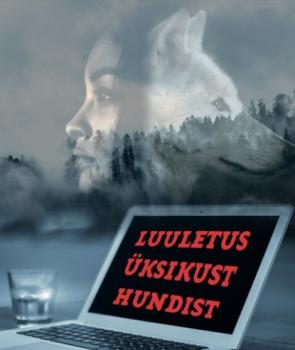Aivar Lembit
Список книг автора Aivar LembitLuuletus üksikust hundist
Raamatu vabakutseline nimeta minategelane, kes tuleb lihtsast ja igavlevast Eesti kolkalinnast, peab aru enda puntrasse jooksva elu üle. Uute ideede otsinguil otsustab ta end maineka ülikoolilinna lavaluulelaudadel proovile panna. Inimsuhted põimuvad luulega ning taas selgub, et Eesti on väga väike ja iial ei või teada, kes kellega ühes koolis või lasteaias käinud on. Paralleelselt minategelase saatusega kulgeb Sindi paisu juurest jääkülmast veest päästetud, ülessoojendatud, tagasi metsa lastud ja lõpuks kaduma jäänud noore hundi lugu. Kas samasugune lõpp ootab sümboolselt ees ka raamatu minategelast?
Beavers and Gardeners
The history of beavers and gardeners had been a history of wars and battles. The dam, which dammed the water and protected the beavers' nests, flooded the gardeners' gardens and carrot fields. The dark water river, both a protector and a destroyer, teared the humans and animals apart. Beavers came into conflict with gardeners, gardeners came into conflict with gardeners… Both wanted to protect their property and their homes. It was clear from the beginning that someone had to suffer. In a war without winners, they were not the only ones who fell under the curses of the past. In battles with animals, old wounds that had not yet healed from the brutal post-war years were mixed. Not only the neighbours and their children but also the beaver family, who tried to settle on the banks of a dark water river, fell victim to hostile relations between people.

